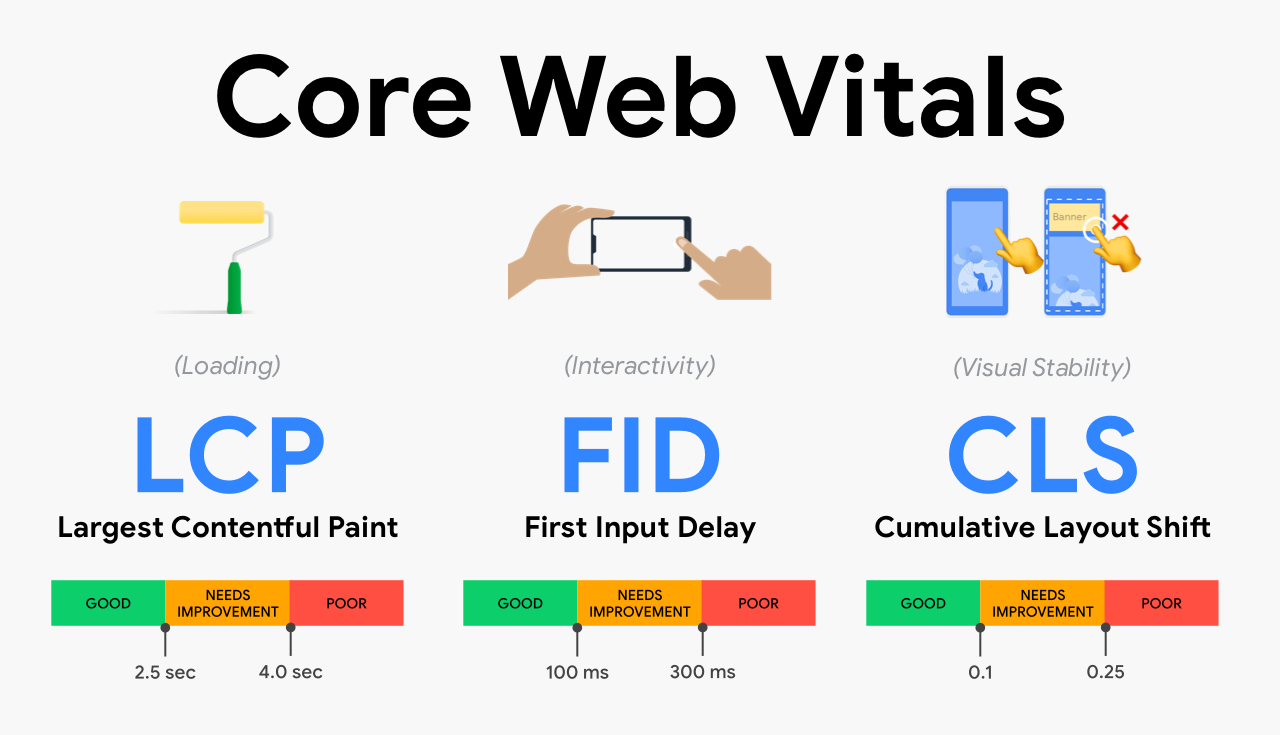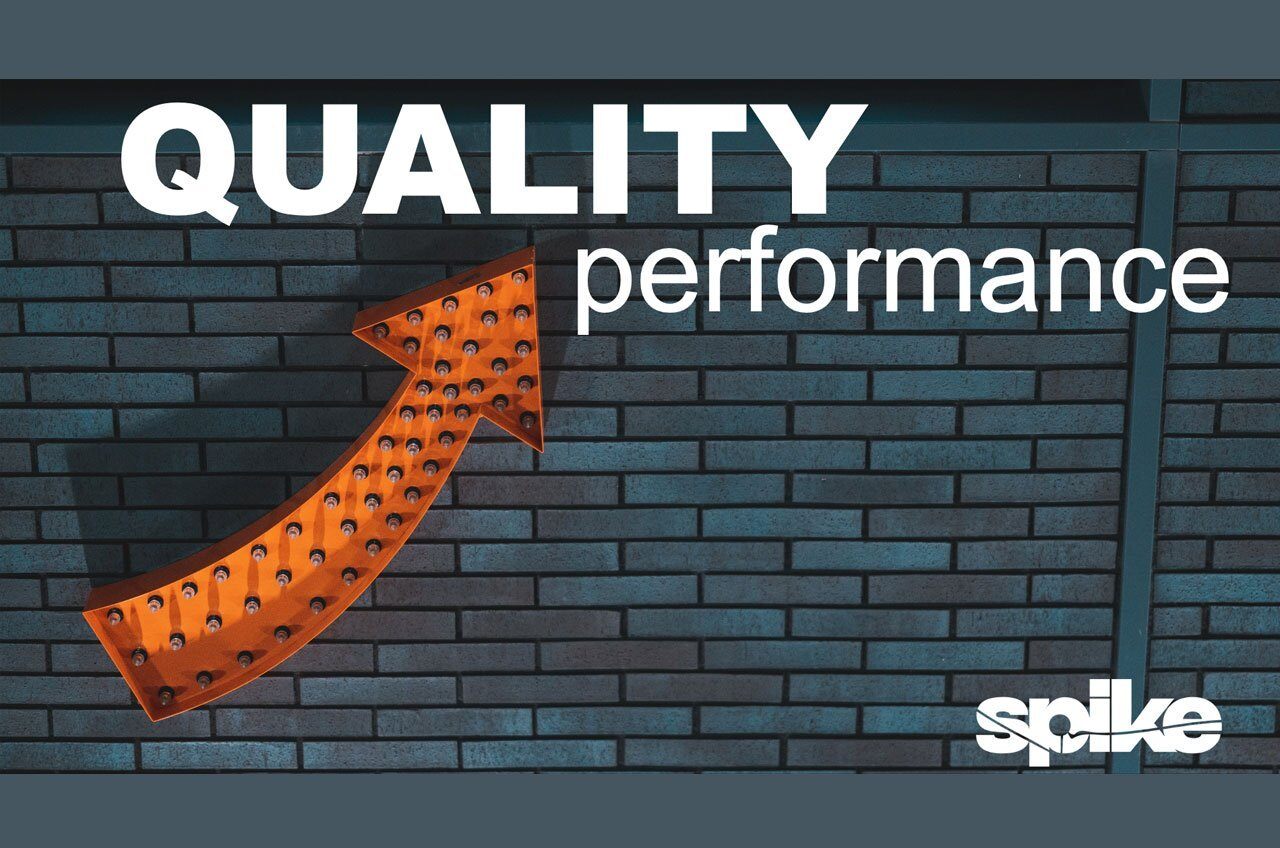Web page speed: Keeping your ecommerce website turbocharged
For most ecommerce sites 2020 has allowed an ever rising influx of customers to flock online and buy pretty much everything they want or need as...

By 2022, e-retail revenues are expected to grow to $6.54 trillion, up from $3.53 trillion in 2019. And there are no signs of this growth slowing down. As the public becomes more accustomed to shopping from home, thanks to the cultural shifts brought on by COVID-19, we can expect to see changes in what they expect from the eCommerce buying experience.
Low speeds of any eCommerce platform can be costly. Here are some of its solid warning signs and subsequent consequences:
Retailers we work with measure the key metrics that impact their bottom line every day and strive to ensure that the ideal customer journey is satisfying and certainly a frustration-free experience.
Business Management author Peter Drucker. Once famously said:
“If you can't measure it, you can't improve it.” and that holds very true for page speed. It sounds an obvious place to start but do you even know what you’re up against?
Free checks are a great place to start and there are tons of tools out there. All differ slightly in their approach but essentially give you a line in the sand. One of the easiest places to begin is in Google itself. Hit up https://web.dev/measure/, enter a URL like your home page or a PDP and click RUN AUDIT. Bingo, your first speed metric!
…then create a plan to iterate regularly through the rest
Your initial page speed measure will give you a feel for how good (or bad) your client page speed experience is. Of course, you’ll need to monitor more than a one-off, across more pages and at different times of day (see below) but the first step
Run Compression Audits & reduce the size of all images
Gzip compression can reduce response sizes by 70%.
Enable Browser Caching
With caching enabled your website speed will be faster for returning visitors as they’ve already downloaded the images, style sheets and JavaScript they need. External Content Delivery Network (CDN) are also a common solution.
Optimize Website Speed
HTTP requests are made for each element on your website. I’m again referring to things like images, scripts, and stylesheets. Question your webpage designs, understand individual element load times and sizes and reduce unnecessary clutter.
Reduce the Time to First Byte (TTFB)
Slow TTFB means your customer is ‘hanging’ waiting for a request to process on your server-side – speeding up networks and backend systems as well as redesigning the flow of requests needed to build a page can all help
Watch out for Third Party Addins
The performance limitations of integrated third-party addins are often out of your control – choose them carefully, monitor their impact, remove any you no longer need and consider alternatives to the slow ones.
Google say you should be aiming for the green….which is fine but in reality modern retail systems are complex dynamic beasts and many elements in your design will simply put a green out of your reach. You should always aim for the best score but don’t chase it for the sake of the number.
Knowing that shoppers require speed is all very well but more than that they want more content. For example, I’m afraid customers want to see at least 3 images of an item when purchasing, which means retailers need to bulk up their platforms to make way for more.
Page speed is only one part of this positive experience. Some of our leading customers release multiple versions of their site to test different user groups and monitor the impact on user behaviour in real-time. Aim to match what they’re doing – let your customers lead and then work out how you can do this at speed – simply because this will always be the expectation.
Honestly, there is no rocket science behind the fact that improved loading speed can increase sales. The logic is simple: people love swiftly loading sites and so does Google. In 2022, if you are an eCommerce business owner, your website speed should be the first thing you should review to step towards success.
But yes, sadly creating a fast website isn’t just a matter of installing a few plugins, and walking away and saying ‘Jobs a good un!’ It’s a continuous process that involves regular testing, tweaking, and housekeeping to keep your webpage speeds high.
The importance of website speed can’t be overstated, but it is also not complicated so address it and master it. Easy! When you know page loading times can make or break the success of your site, yes, it’s a pretty easy decision.
Sources: Retail week: 2019 & 2022. portent.com, quicksprout.com, optinmonster.com, shopify.co.uk, washingtonpost.com/

For most ecommerce sites 2020 has allowed an ever rising influx of customers to flock online and buy pretty much everything they want or need as...

Edit: May 2024: Google have replaced their FID measure discussed below with INP, Interaction to Next Paint - the content below is largely correct...

Quality Performance is critical when all customers will tolerate is immediacy

Progressive Web Apps (PWA) are an incredibly valuable way to bridge the gap between mobile websites and fully fledged apps, while offering benefits...